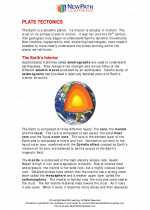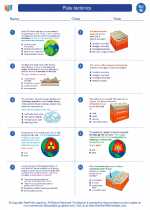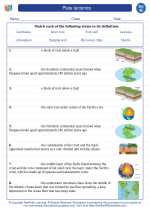Tsunamis
A tsunami is a series of ocean waves with very long wavelengths (typically hundreds of kilometers) caused by large-scale disturbances of the ocean, such as earthquakes, volcanic eruptions, or underwater landslides. These disturbances can displace a large volume of water, triggering the formation of tsunami waves that can travel across entire ocean basins.
Causes of Tsunamis
Tsunamis are most commonly caused by underwater earthquakes, where the seafloor shifts and displaces a significant volume of water. Volcanic eruptions and submarine landslides can also generate tsunamis. The sudden displacement of water results in the formation of large, powerful waves that propagate across the ocean.
Tsunami Formation
When a large-scale disturbance occurs beneath the ocean, it displaces water and generates a series of waves that radiate outward from the source. These waves can travel at high speeds, reaching coastal areas and causing devastating flooding and destruction.
Impact of Tsunamis
Tsunamis can have catastrophic effects on coastal communities, causing widespread destruction and loss of life. The immense energy carried by tsunami waves can inundate coastal areas, erode shorelines, and devastate infrastructure. Early warning systems and preparedness are crucial in mitigating the impact of tsunamis.
Study Guide
.◂Science Worksheets and Study Guides Eighth Grade. Plate tectonics

 Activity Lesson
Activity Lesson
 Worksheet/Answer key
Worksheet/Answer key
 Worksheet/Answer key
Worksheet/Answer key
 Worksheet/Answer key
Worksheet/Answer key
 Worksheet/Answer key
Worksheet/Answer key
 Vocabulary/Answer key
Vocabulary/Answer key
 Vocabulary/Answer key
Vocabulary/Answer key
 Vocabulary/Answer key
Vocabulary/Answer key
 Vocabulary/Answer key
Vocabulary/Answer key
 Vocabulary/Answer key
Vocabulary/Answer key
 Vocabulary/Answer key
Vocabulary/Answer key
 Vocabulary/Answer key
Vocabulary/Answer key
